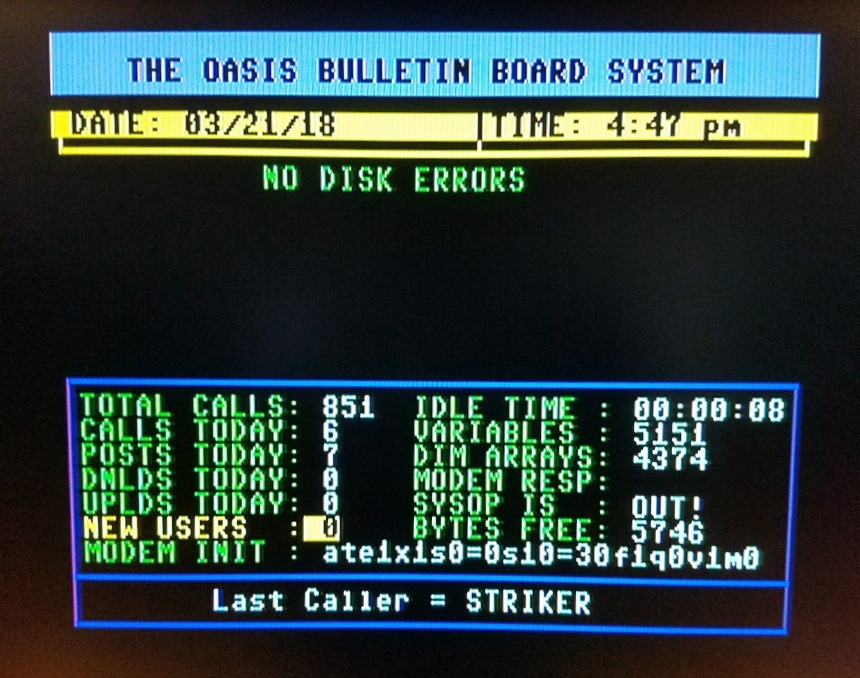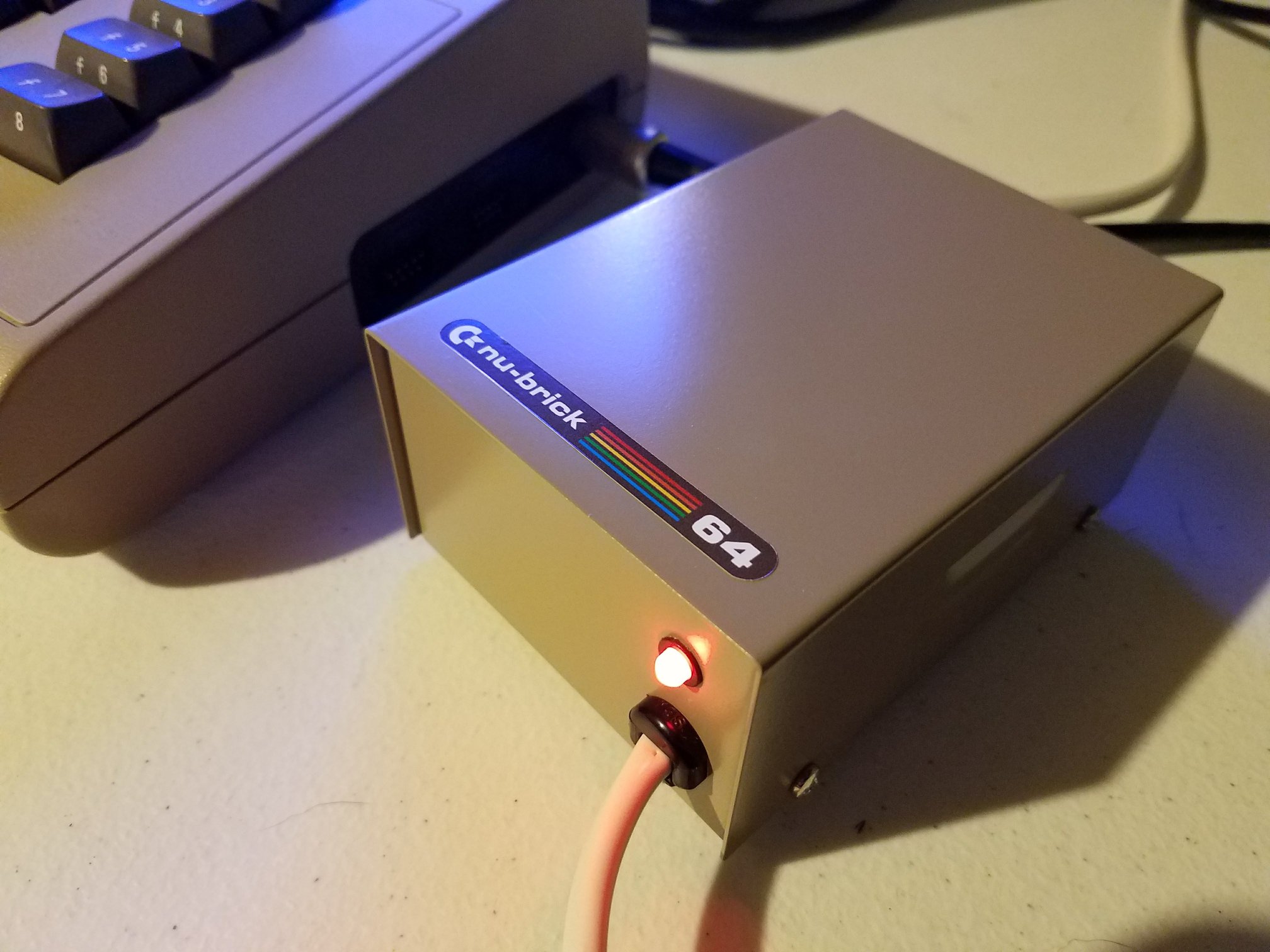Tim’s Retro Corner is back at the workbench, and this time he’s building a SixtyClone Commodore 64—his own custom revival of a Breadbin model gone bad. After several dead ends troubleshooting the original machine, Tim ditches the diagnostics and heads straight for the soldering iron. It’s SixtyClone time.
The SixtyClone Commodore 64 board, a faithful replica of assembly 250407, gets the full treatment. With parts sourced from Bob’s Bits and a few extras scavenged from the donor board, Tim methodically fills out the clone: resistors, xener diodes, capacitors, voltage regulators, and all the little gremlins in between. It’s a parade of passive components—and a quiet rebellion against illegible resistor bands.
Armed with leaded solder, a knife-tip iron, and an interactive BoM on his iPad, Tim brings the board to life one beep and heat hiss at a time. He swaps in a crystal oscillator, drops a PAL G, attaches power and serial connectors, and harvests a healthy crop of transistors from eBay. A quick voltage check later and the board is alive—no magic smoke, just a glowing LED.
Once all the chips are in place, including a switchable kernel ROM that needed a flick to the right bank, things start to click. Dead test? Pass. Full diagnostic with ports and SID? Almost there—one channel’s a bit funky, so a SID replacement might be in the cards.
To finish it all off, Tim slides the clone board into a striking green replacement case. His only gripe? The screw holes don’t quite line up—off by a millimeter. For a £75 shell, that’s a sour note on an otherwise sweet build.
But the result? A fully functional SixtyClone Commodore 64—green, gleaming, and ready for action.







